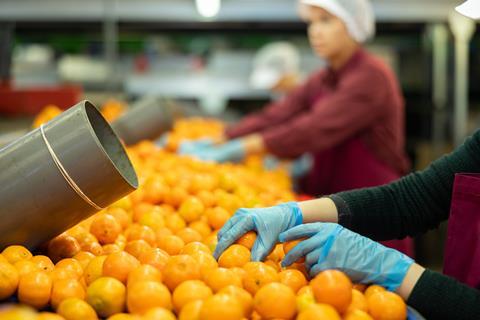The South African citrus sector is in a period of fast growth but will need to follow the right path to remain viable
The latest BFAP Baseline Study on the South African citrus industry has predicted that up to 4,000ha of citrus production could be culled in South Africa over the next ten years.

This is because of several domestic and international risks now facing the industry in the country.
However the study, which was recently presented to the South African citrus industry, also said that prices in the market had bottomed out and were expected to grow over the next decade, while some costs could ease going forward.
The BFAP baseline model showed that 2023 would be a challenging year, with improvements thereafter.
It comes at a time when the industry is expected to grow its exports from about 160m cartons this year to 250m cartons over the next decade.
The study listed a number of domestic risks facing the industry in South Africa, including the port and logistical challenges that had led to delays and quality claims.
Other risks included downward price risk as more products come into the market and cold chain interruptions due to rolling blackouts that impact quality and storage costs.
Cost price inflation (particularly labour), the erosion of the capital base due to forced sales, exchange rate fluctuations, weather conditions and conflict and social unrest were also cited.
Global risks listed included supply growth from Southern Hemisphere competitors, freight rates, large and deep recessions in developed economies, more stringent market access requirements from the EU and the invasion of Ukraine.
The study said the industry could implement three strategies to improve its position.
The first was a drive towards more marketable fruit size and quality, changing production practices to improve fruit size delivered to the packhouse, reducing fruit supplied into processing marketing channels, improving exports through increased export packouts, a shift to class 1 fruit and a more desirable count distribution.
The second was to reduce the risk of market oversupply by commodity and week through early warning systems. This required an understanding of the market tipping point, collaboration and information sharing to supply the right fruit at the right time.
The third scenario involved improving market access and preferential trade agreements. This meant government to government negotiations to improve South Africa’s competitive position.
“A combination of these scenarios will put the industry on a path to profitability and sustainability,” said Dr Tracey Davids, director and manager of commodity markets and foresight at BFAP.



